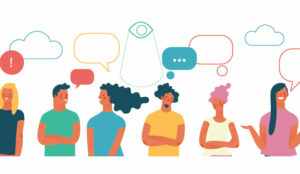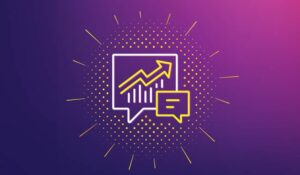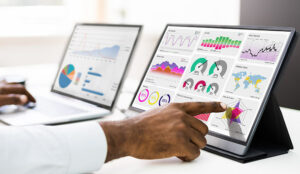Over the last ten years, speech analysis has been catapulted into a future we did not expect.
In the beginning, the state of the art was represented by IVR phone trees which could barely understand the words “yes” or “no.”
Now, one out of every four Americans has a conversational smart speaker. Technology has changed that fast.
Of course, the applications at use in the enterprise far outstrip the consumer-grade technology of an Amazon Echo or a Google Home.
Here, speech analytics is not used simply to understand the customer and answer a question, but rather to understand why the customer is calling, whether they’re happy, and if their mood is indicative of a trend that requires attention.
In fact, speech analytics has become so advanced in the enterprise that it has evolved into what is known as conversational analytics.
In this blog, we’ll explore the established capabilities of speech analytics, how it has evolved, and how conversations-based analytics expands on those features.
The Business Benefits of Speech Analytics
As stated, speech analytics is already very advanced in the enterprise context. Speech analytics tools scan call recordings to help you spot behavioral trends in contact center agents.
This has been very useful from the standpoint of improving quality assurance programs and determining training needs.
Speech analytics also can help point out issues. If a bunch of customers are all calling in about a similar product, it’s reasonable to believe that there is an issue occurring.
In this case, post-call analytics can help to rescue companies from declines in their customer experience. This is important because 81% of companies say that they’re competing solely based on CX.
How Speech Analytics Has Evolved Into Conversation Analytics
In the example above, companies use post-call speech analytics to identify the fact that a large number of people are calling in about the same product. They are able to infer that there is an issue.
Although highlighting this trend is useful, you can still notice an area for improvement. Namely, a more complete view of how customers are feeling about the product. Maybe a high volume of calls are coming in because customers love a new feature and have questions about how to fully utilize it!
Conversations-based analytics provides this higher level of detail. A conversational analytics platform can determine whether customers are happy, angry, or indifferent – and they can usually tie these moods into a given feature or bug.
This is very useful when it comes to refining the overall customer experience, but conversation analytics can produce even more granular data.
For example, the platform could listen to a sales call and help determine the exact point within the pitch where the caller either lands the sale or loses the prospect’s interest.
Learn & Improve From Every Conversation
Noble Systems offers a robust speech/conversational analytics platform to enhance enterprise contact center performance. Noble Conversations Analytics helps companies mine data from customer interactions to highlight trends and take a deeper dive to understand sentiments and take action in real time.
Author: Guest Author
Published On: 3rd Feb 2020 - Last modified: 5th Feb 2020
Read more about - Guest Blogs, Noble Systems





































